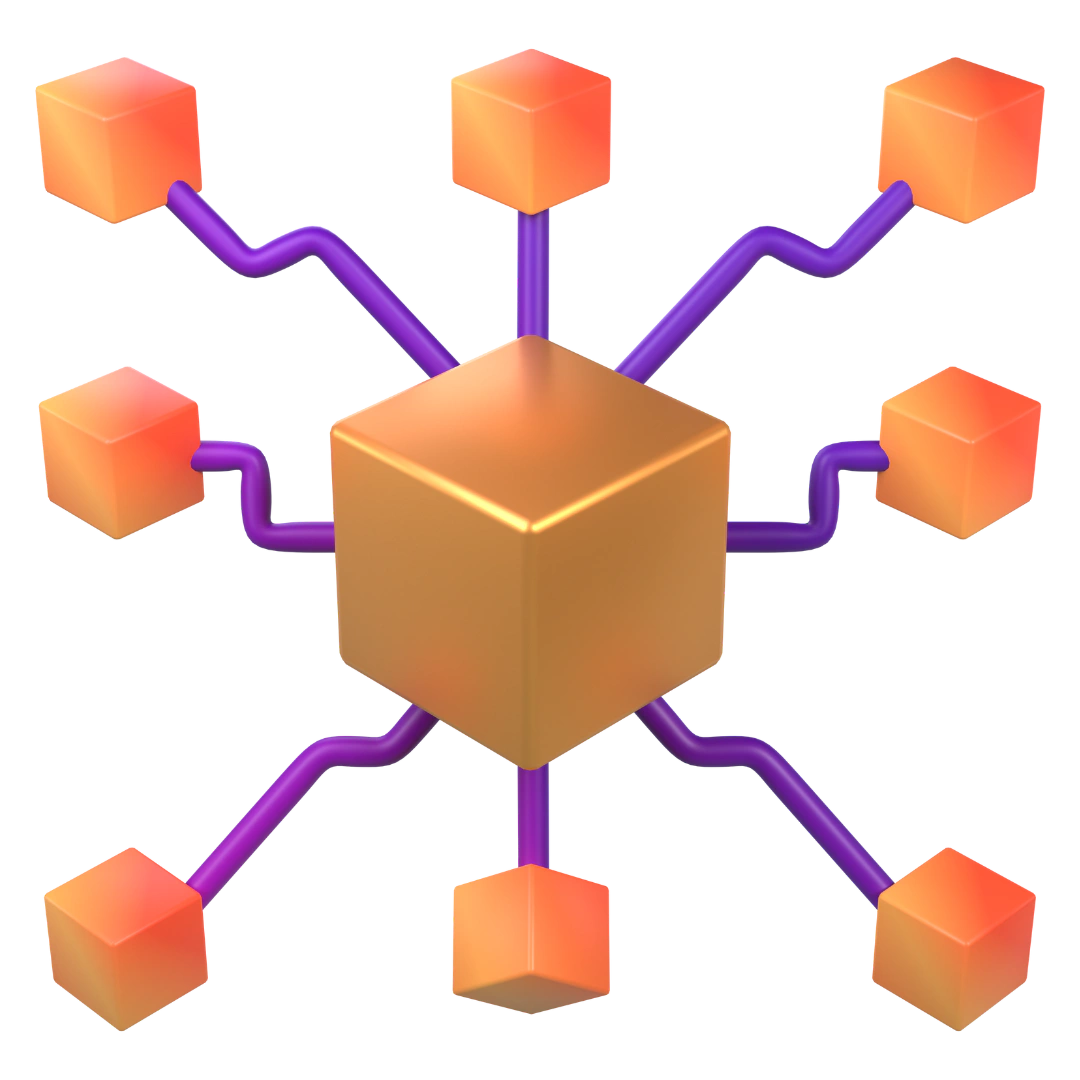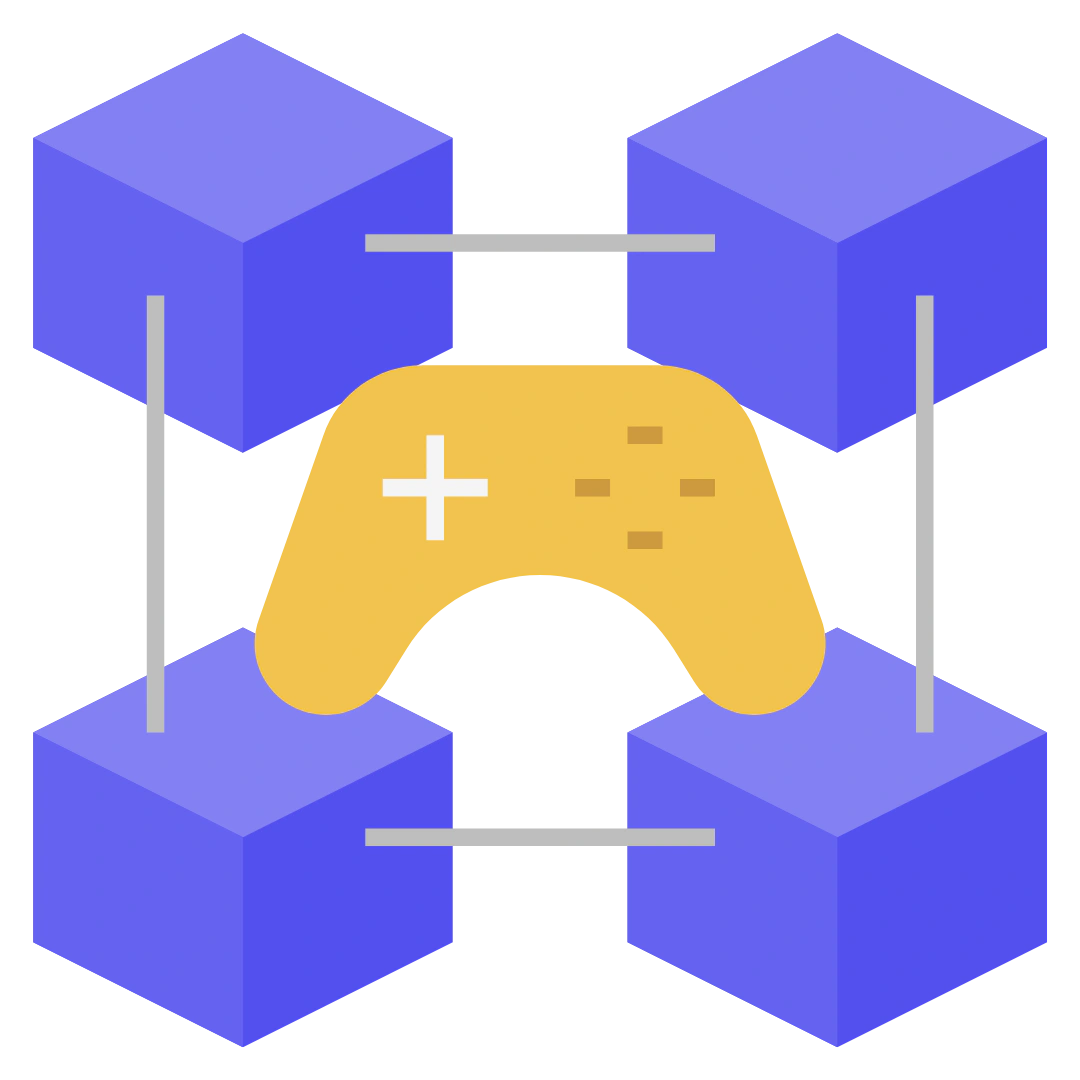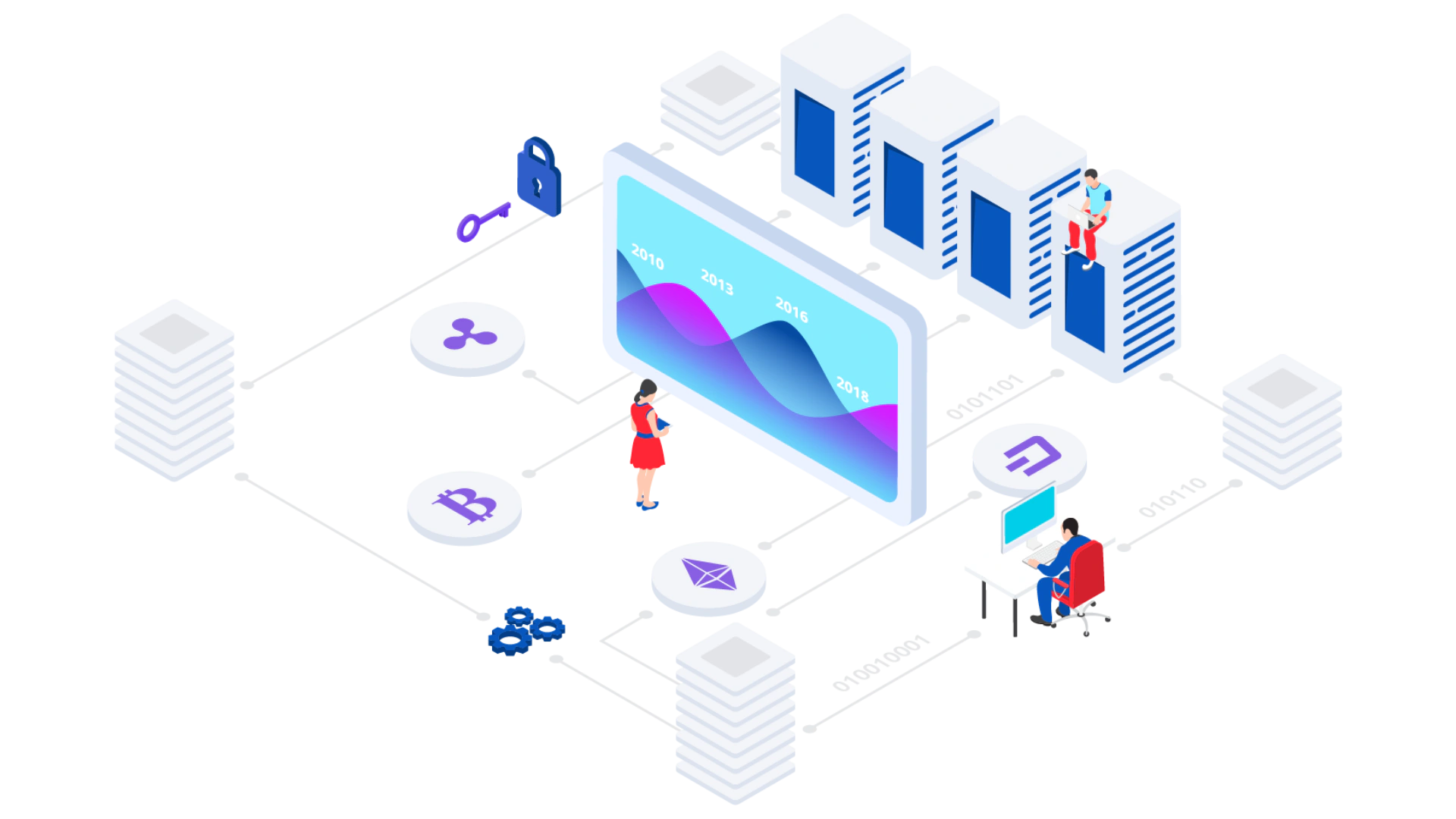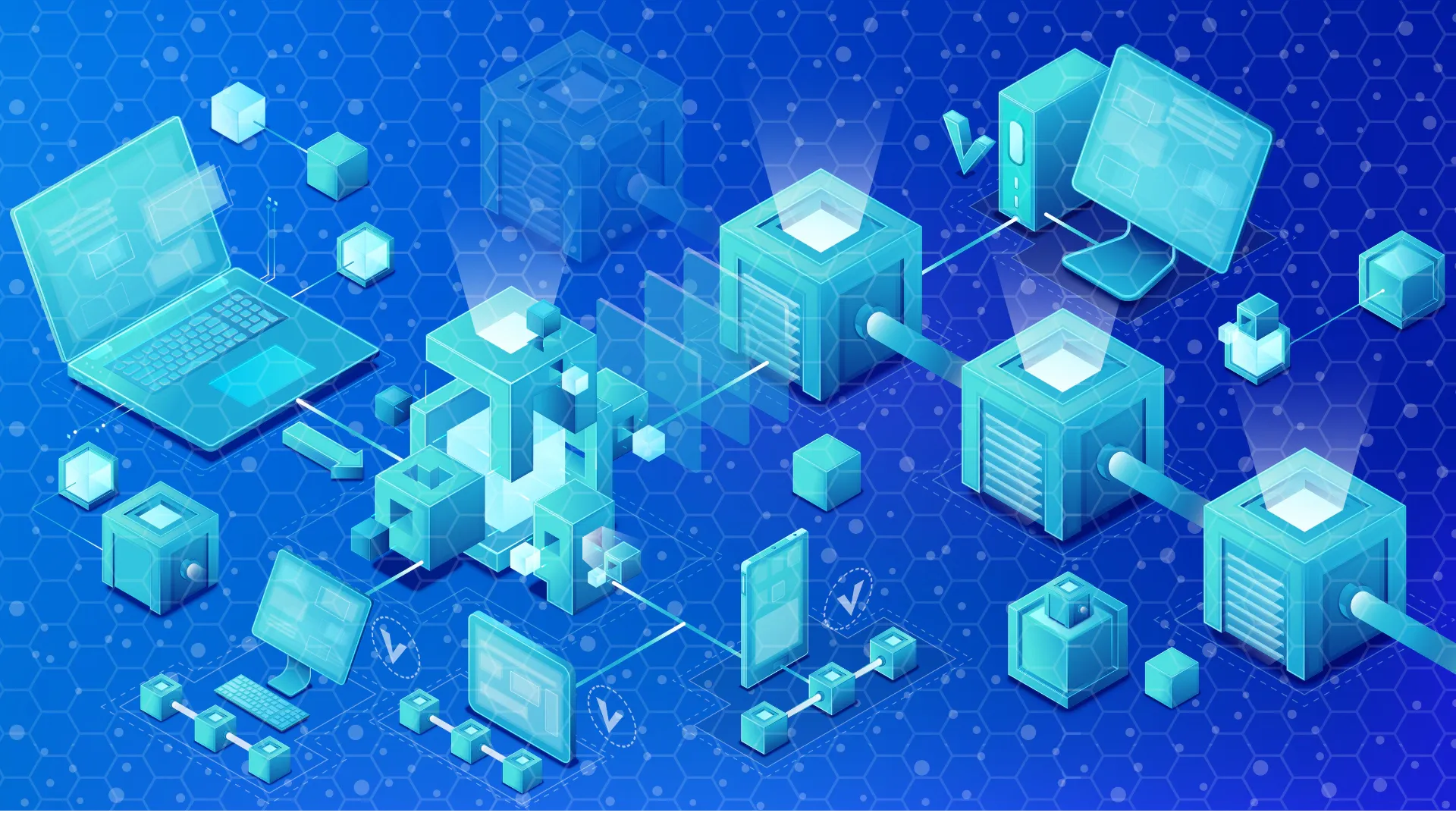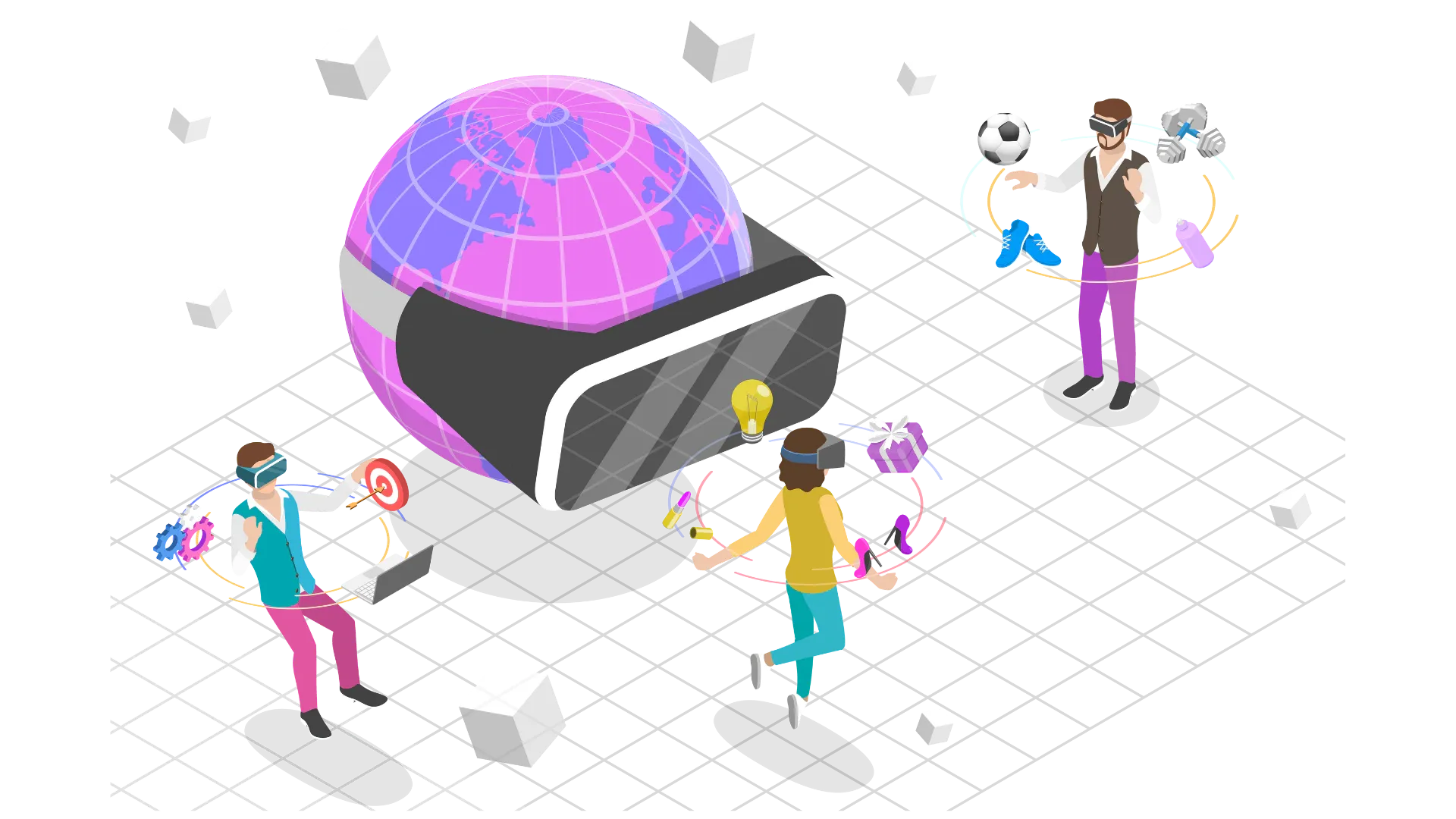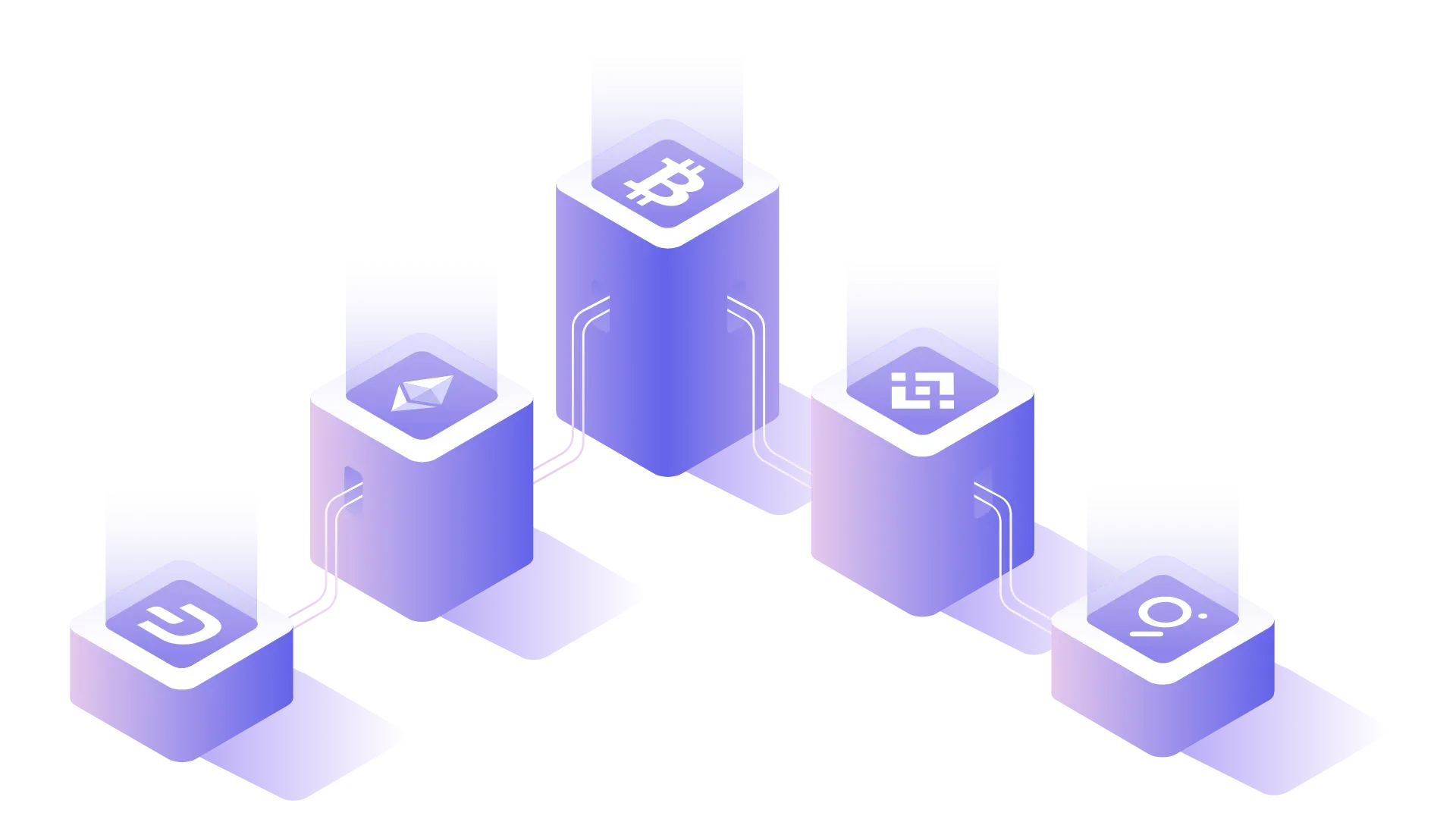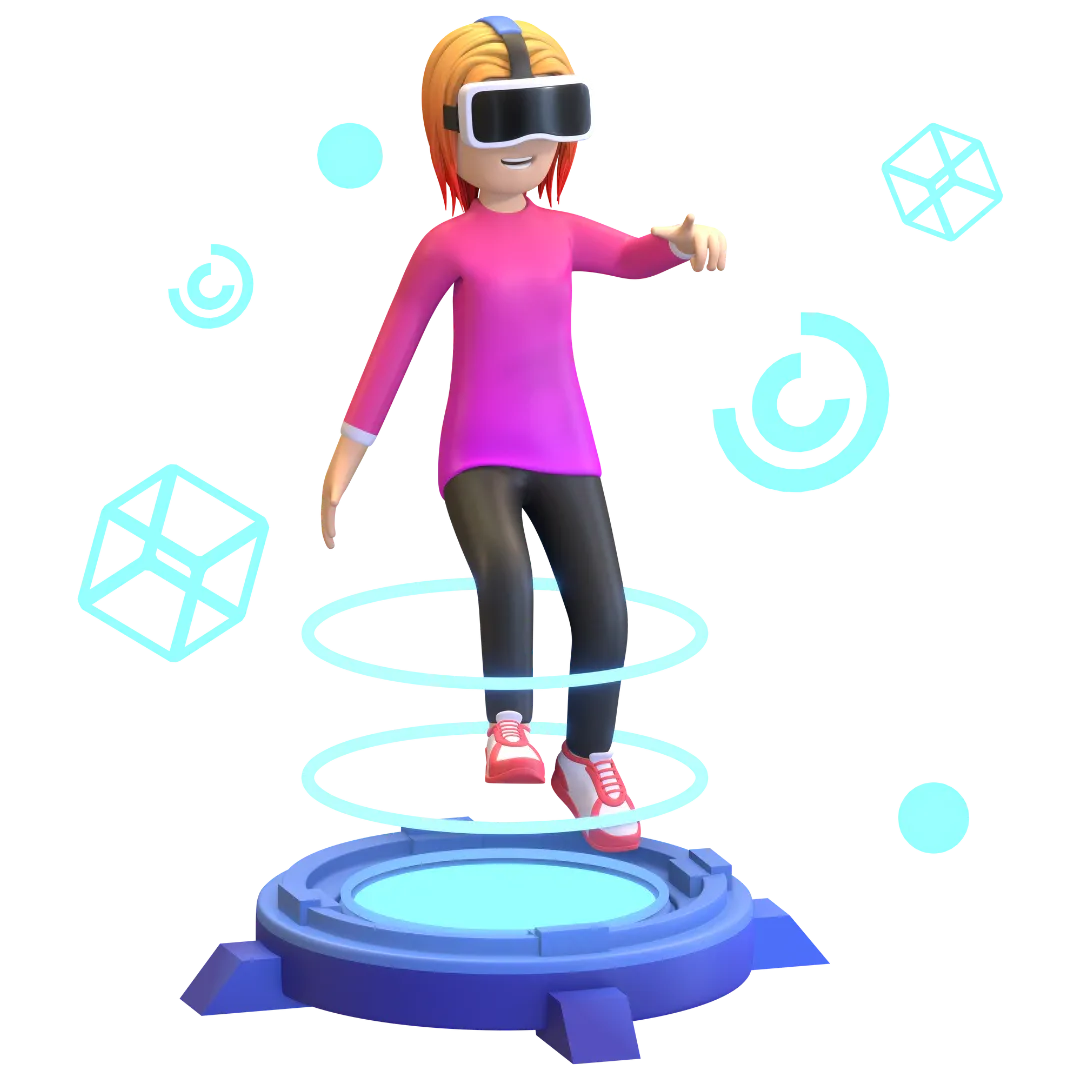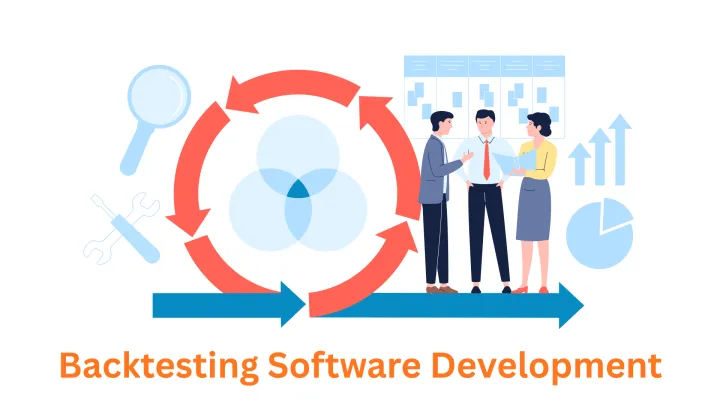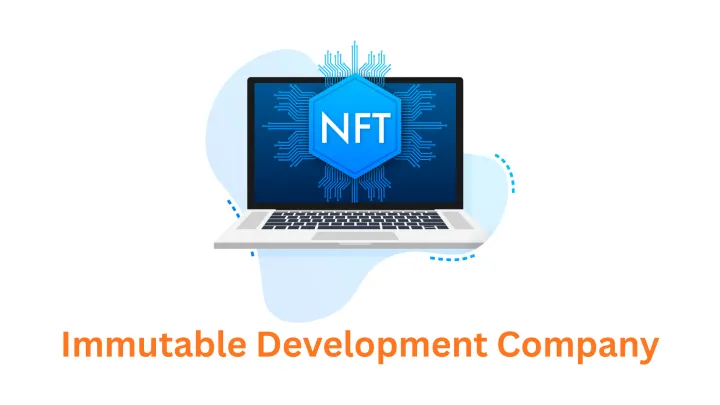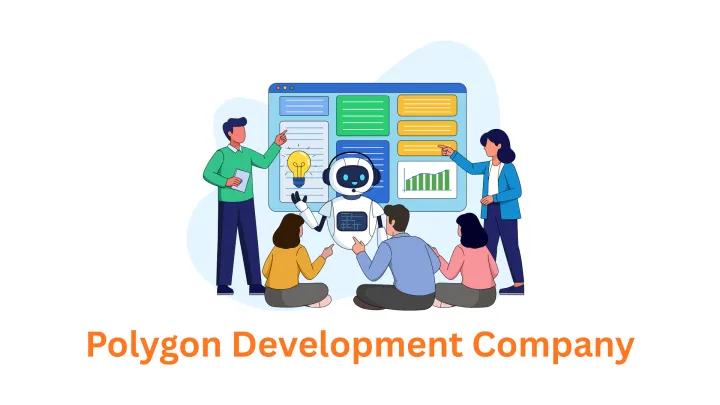How to Create Your Own Blockchain Game
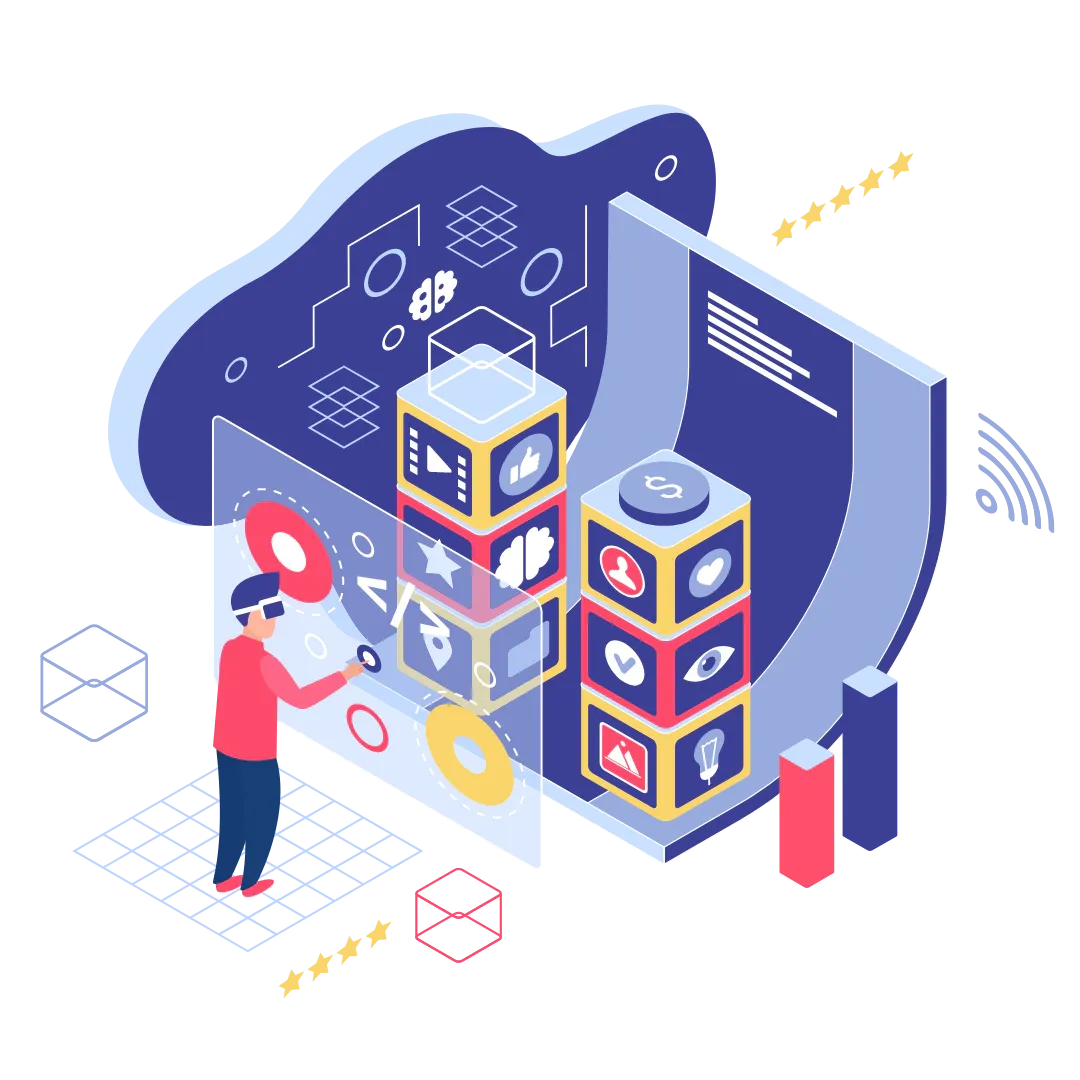
Blockchain games have taken the gaming world by storm, offering players true ownership of in-game assets, decentralized economies, and exciting new gameplay possibilities. If you've ever dreamed of building your own blockchain game, this guide will walk you through the key steps involved.
Step 1: Define Your Game Concept
Every great game starts with a solid concept. Consider:
- Genre: Will your game be an RPG, strategy game, collectible card game, or something else entirely?
- Target Audience: Who are you building this game for? What are their interests and expectations?
- Core Gameplay Loop: What will players do in your game? What actions will they repeat, and what will keep them engaged?
- Unique Selling Proposition: What sets your game apart from other blockchain games? What will make players want to join your world?
Step 2: Choose Your Blockchain Platform
The blockchain platform you choose will significantly impact your game's development and player experience. Evaluate different platforms based on:
- Transaction Speed and Fees: How quickly can players trade in-game assets, and how much will it cost?
- Scalability: Can the platform handle a large number of players and transactions without issues?
- Smart Contract Functionality: Does the platform support the types of smart contracts you'll need to build your game's logic?
- Community and Support: Is there a vibrant community of developers and users on the platform?
Popular blockchain platforms for game development include Ethereum, Polygon (MATIC), Solana, and Immutable X.
Step 3: Design Your Game Economy
The game economy is the backbone of any blockchain game. It defines how players earn, trade, and use in-game assets. Key elements to consider:
- In-Game Currency: Will your game have a native token? What will its utility be?
- Non-Fungible Tokens (NFTs): What types of NFTs will your game feature (e.g., characters, items, land)? How will players acquire them?
- Tokenomics: How will the supply and demand of your tokens and NFTs be managed? How will you incentivize player participation?
Step 4: Develop Smart Contracts
Smart contracts are self-executing contracts that run on the blockchain. They are essential for handling in-game transactions, managing ownership of assets, and enforcing game rules.
- Security is Paramount: Thoroughly test and audit your smart contracts to prevent vulnerabilities and ensure fair play.
Step 5: Build Your Game Client
The game client is the part of your game that players interact with. You can choose to develop your game client in popular engines like Unity or Unreal Engine, or opt for web-based technologies like HTML5 and JavaScript.
Step 6: Launch and Market Your Game
Before launch:
- Test Thoroughly: Conduct alpha and beta testing to identify and fix bugs and gather feedback from players.
- Community Building: Start building a community of interested players before the launch. Utilize social media and other platforms to create excitement.
At launch:
- Partner with Influencers: Collaborate with influencers and content creators to promote your game.
- Run Contests and Giveaways: Engage your community and attract new players with exciting events.
Need Help Bringing Your Blockchain Game to Life?
Associative is a leading Blockchain Game Development company. Our team of experts can help you through every step of the process, from conceptualization to launch and beyond. If you're looking for a partner to turn your blockchain game vision into reality, contact Associative today.
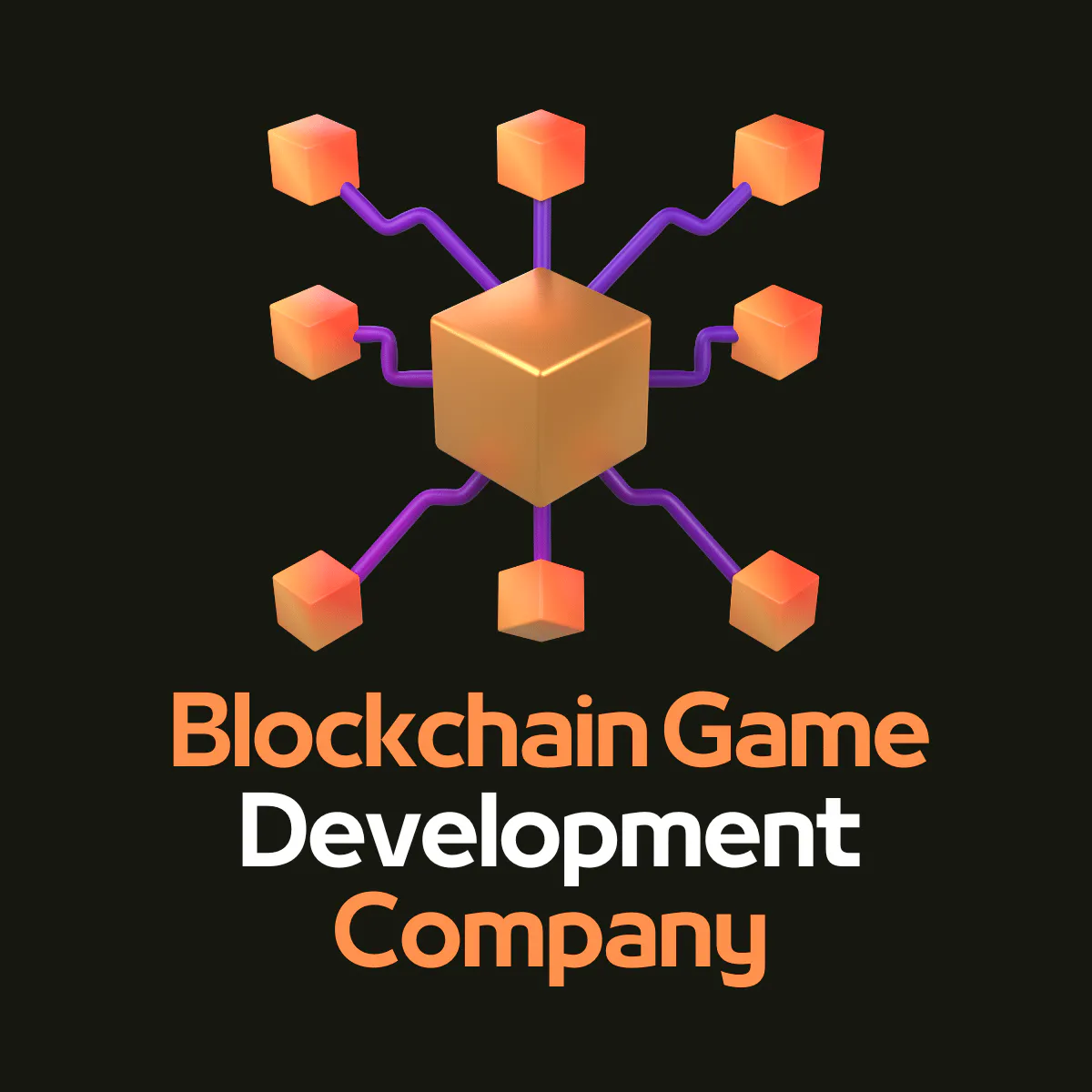
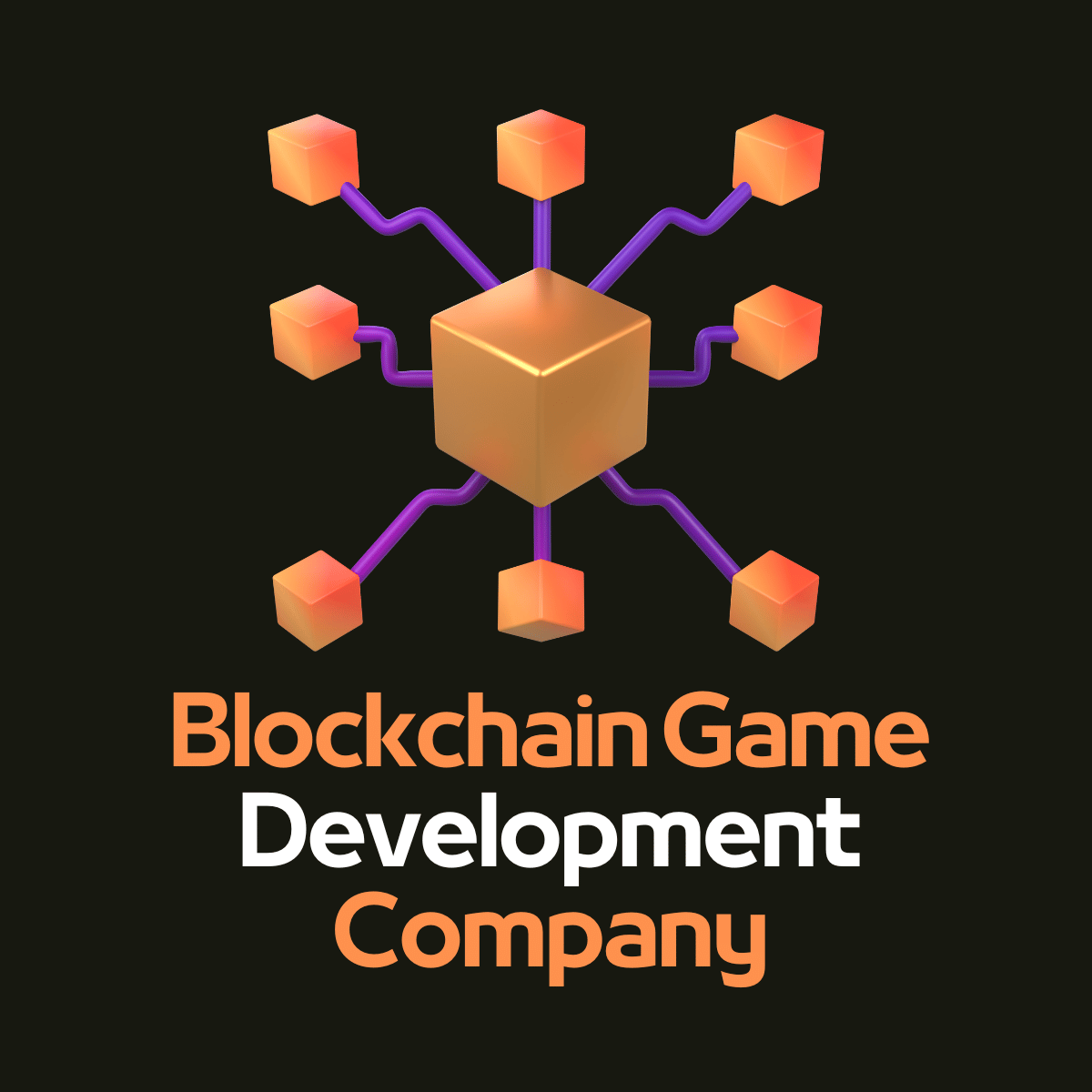
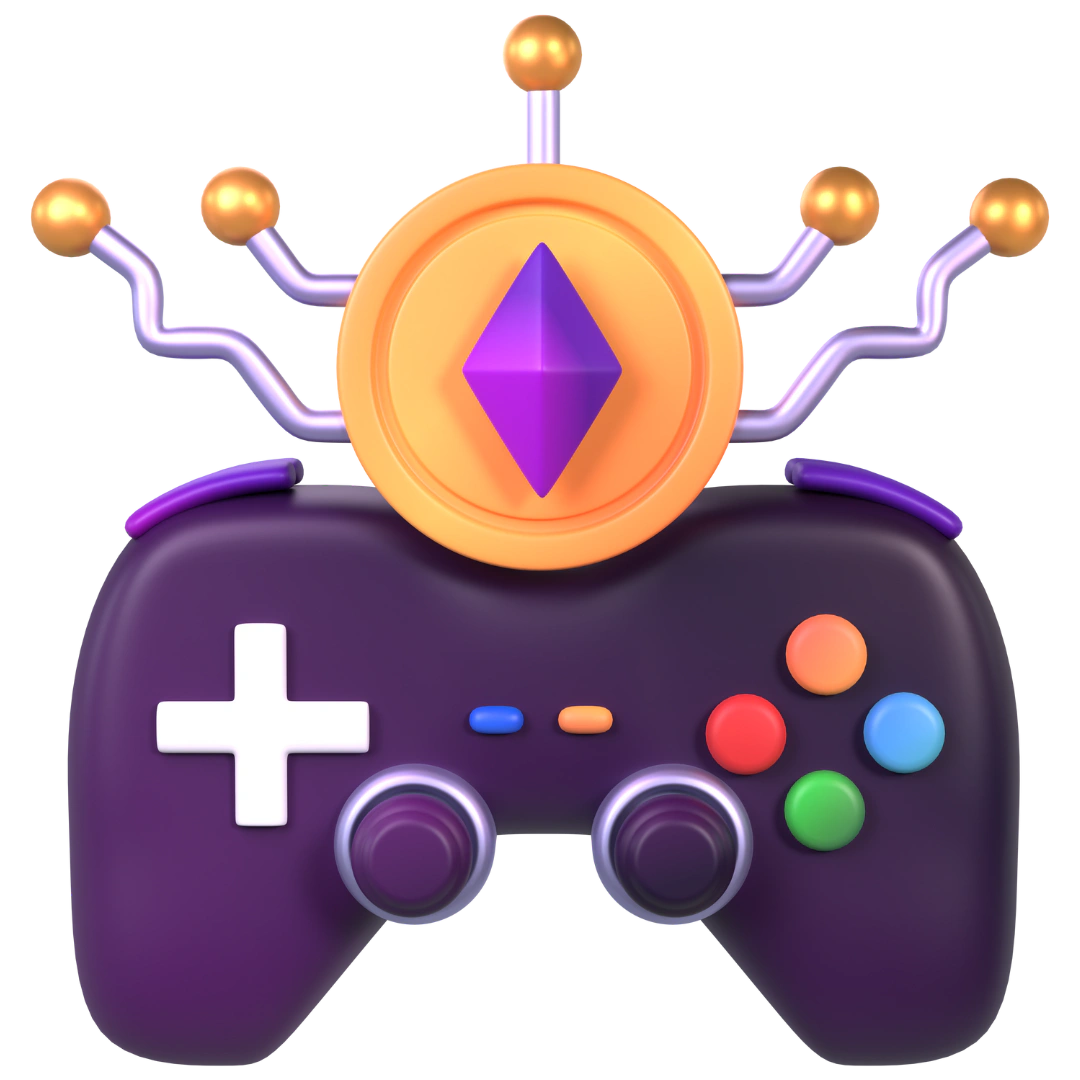
To learn more, consider reading other articles, blogs, and stories in this area.
